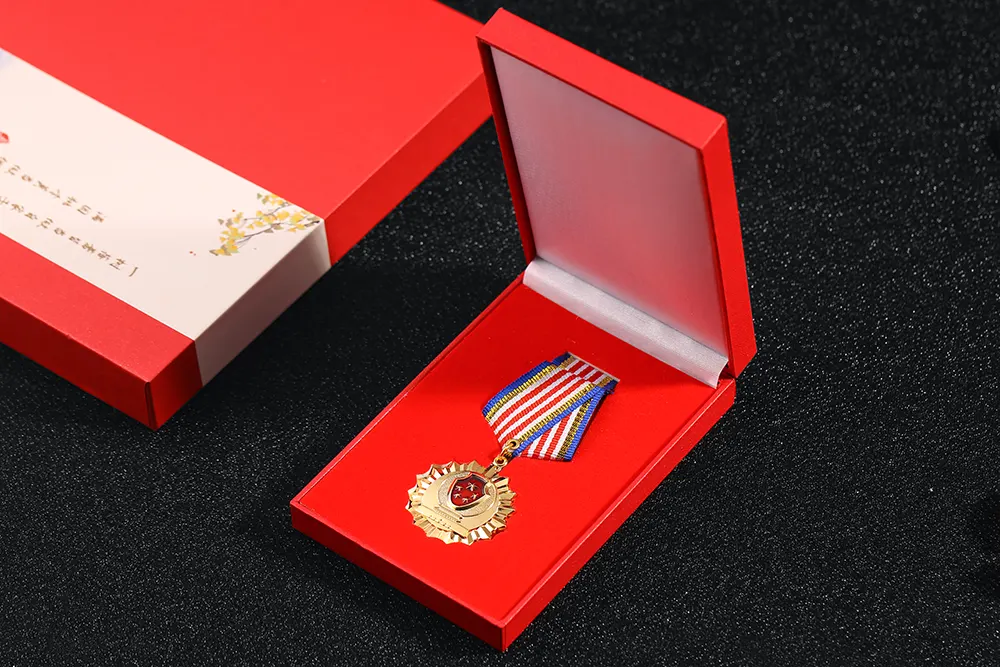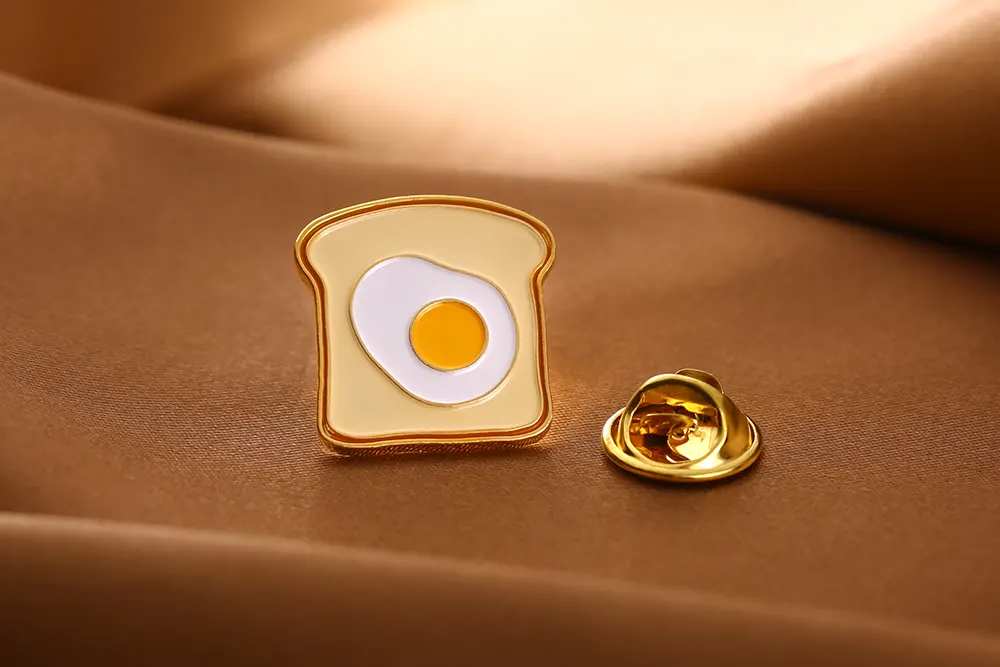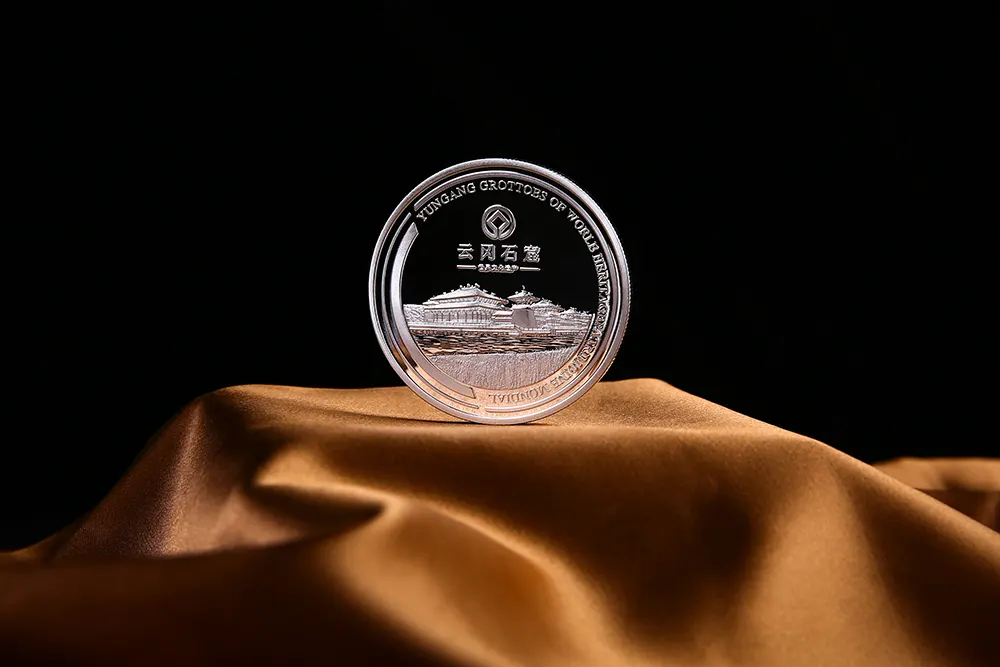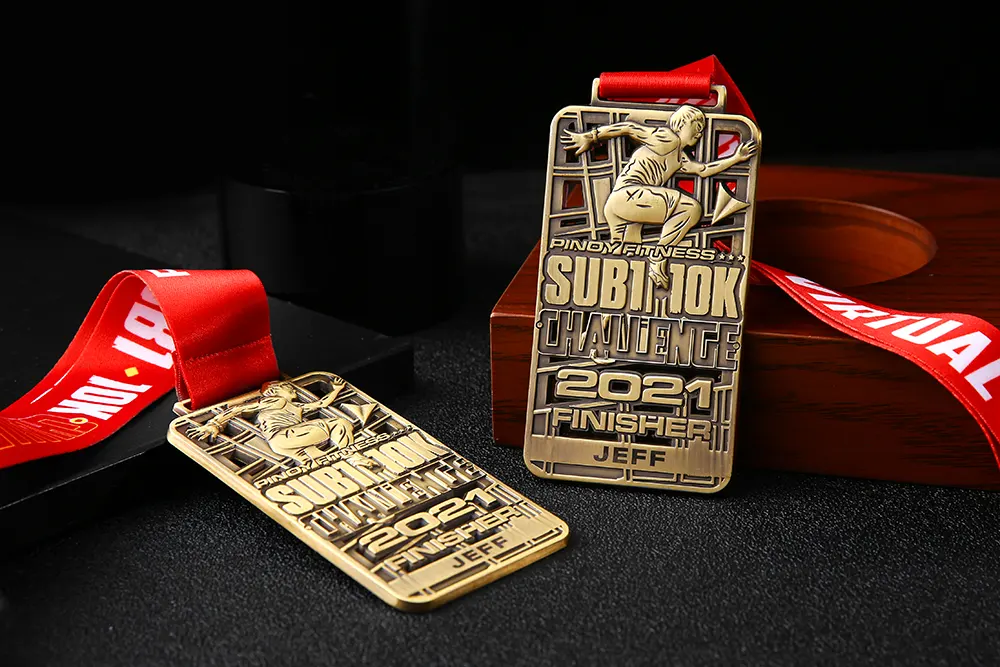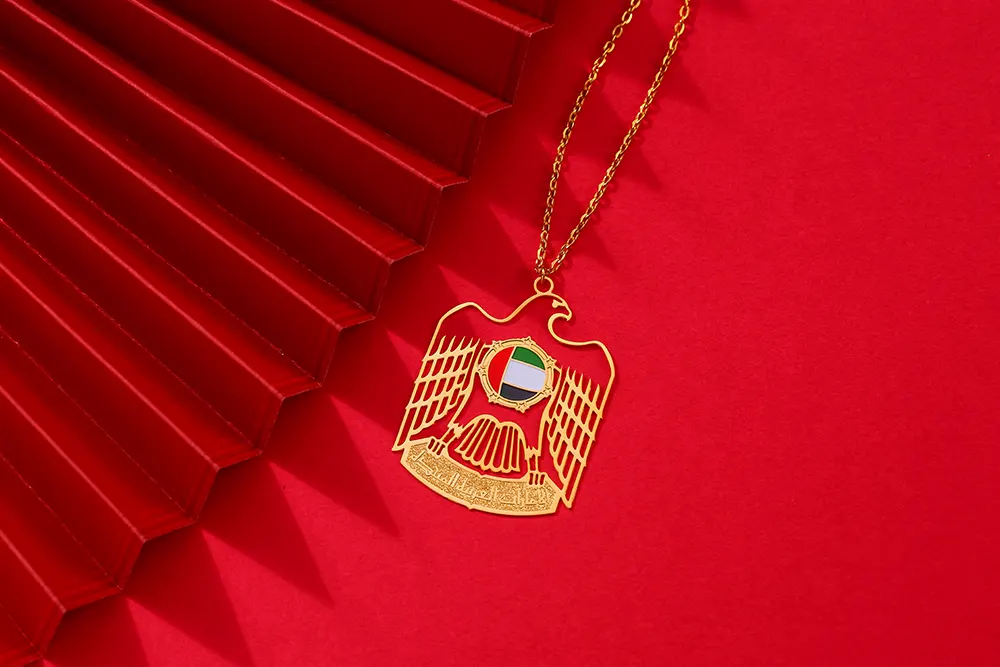Ever wondered how the coins jingling in your pocket came to be? The journey from raw metal to finished currency is a fascinating blend of ancient craftsmanship and cutting-edge technology. Let me take you through the remarkable world of how nations create their money.
What Actually Happens During Coinmaking
Coinmaking is far more complex than most people imagine. It’s not simply stamping metal discs—it’s a precise industrial process that requires exactness down to fractions of a millimeter. Modern mints produce millions of coins daily, yet each piece must meet strict weight, composition, and design standards.
The production of coins involves multiple specialized departments working in coordination. Metallurgists ensure proper alloy formulas, engineers maintain the massive presses, and quality control teams inspect samples constantly. A single mint facility can house equipment worth hundreds of millions of dollars.
The Manufacturing Process Explained Step by Step
Creating the Perfect Metal Blend
The manufacturing process of coins begins with creating the right metal mixture. Most modern coins aren’t pure metal—they’re carefully calculated alloys. For example, US quarters and dimes use a copper-nickel blend, while pennies have a zinc core with copper plating. These formulas balance durability, cost, and resistance to counterfeiting.
Furnaces heat metals to over 2,000 degrees Fahrenheit, melting them into a homogeneous liquid. This molten metal is poured into casting molds, creating long, continuous strips. These strips are then rolled repeatedly through heavy machinery until they reach the exact thickness needed—typically measured in thousandths of an inch.
Punching Out Blank Discs
Once the metal sheets are ready, massive blanking presses punch out circular discs called blanks or planchets. These machines can cut hundreds of blanks per minute. The leftover metal webbing doesn’t go to waste—it’s melted down and reused in the next batch.
The blanks then go through an annealing process, where they’re heated and slowly cooled. This softens the metal, making it easier to stamp detailed designs without cracking. After annealing, the blanks are cleaned in chemical baths to remove oxidation and impurities, then dried completely.
Creating the Raised Edge
Before receiving their final design, blanks pass through an upsetting mill. This machine forces each blank through a groove while spinning it rapidly, creating the raised rim you feel on every coin. This rim serves two purposes: it protects the coin’s design from wear and makes stacking easier.
The Striking Process
Now comes the dramatic transformation. Coin production reaches its climax at the striking presses. Each blank is fed between two dies—hardened steel cylinders with the coin’s design carved in negative relief. When the press slams down with tremendous force (often 40 tons or more), it squeezes the blank and forces metal into every tiny crevice of the die.
The impact happens in a fraction of a second, yet it’s powerful enough to create intricate details like text smaller than a millimeter high, portraits with fine facial features, and complex background patterns. Most coins receive only one strike, though commemorative and proof coins may be struck multiple times for sharper details.
A Visit to the Mint That Changed My Perspective
I had the opportunity to tour a national mint several years ago, and the experience completely changed how I viewed everyday currency. What struck me most wasn’t the massive machinery or the security protocols—it was the human expertise involved.
I watched a die engraver working on a commemorative design, using both computer-aided tools and hand-finishing techniques passed down through generations. He explained that even with modern technology, creating dies that will withstand millions of strikes requires deep understanding of metal behavior and artistic skill. That single die he was perfecting would cost tens of thousands of dollars and take weeks to complete.
Standing on the production floor while millions of coins were being struck was overwhelming. The rhythmic thunder of the presses, the smell of warm metal, and seeing freshly minted coins cascade into collection bins drove home the industrial scale of coin manufacturing. What we casually spend without thought represents an intricate dance of metallurgy, engineering, and quality control.
Quality Control and Security Measures
The manufacturing of coins doesn’t end with striking. Each batch undergoes rigorous inspection. Automated systems use cameras and sensors to check diameter, weight, and thickness. Human inspectors examine samples under magnification, looking for defects like incomplete strikes, off-center designs, or metal flaws.
Rejected coins are destroyed and recycled. Mints maintain incredibly tight tolerances—a coin off by even a fraction of a gram might be rejected. This precision ensures vending machines, coin counters, and other automated systems can reliably process coins.
Security throughout the manufacturing process is paramount. Raw materials are tracked, production areas require special clearance, and finished coins are counted multiple times before leaving the facility. Mints even destroy worn-out dies to prevent counterfeiting attempts.
Modern Innovations in Coin Production
Today’s coin production incorporates technology unimaginable just decades ago. Laser engraving creates dies with unprecedented precision. Some mints now add microtext or special color elements that make counterfeiting nearly impossible. Advanced metallurgy has produced coins that last longer in circulation while using less expensive materials.
Environmental concerns are also reshaping the industry. Many mints now recycle water used in cleaning processes, capture metal dust for reuse, and source materials more sustainably. Some facilities have achieved carbon-neutral operations.
The Future of Physical Currency
While digital payments grow more common, coin manufacturing remains vital. Billions of coins enter circulation annually worldwide. Developing nations especially rely on coins for small transactions where electronic infrastructure isn’t widespread.
Mints are adapting by diversifying—producing medals, tokens, and collectible items alongside circulating currency. Some are exploring new materials like polymer composites that could make coins lighter and more durable. Others research incorporating contactless payment chips into physical coins, bridging the gap between traditional and digital money.
Conclusion
The next time you receive change at a store, take a moment to really look at those coins. Each one represents a journey through heat, pressure, precision machinery, and human expertise. From the careful formulation of metal alloys to the thunderous strike of the press, coinmaking remains a remarkable blend of art, science, and engineering—one that literally puts value in our hands every single day.
















